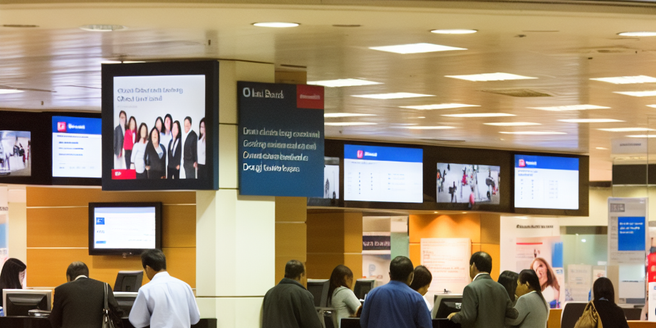
Understanding Secured Debt Basics
Secured debt is a loan that is backed by collateral, which means that borrowers pledge an asset, such as a car or home, to secure the loan. In the event of default, the lender has the right to seize the asset to recover the outstanding amount. This type of debt often comes with lower interest rates due to the reduced risk for lenders, as the collateral provides a form of security. Common examples include mortgages, auto loans, and secured personal loans. Borrowers usually favor secured debt for larger, long-term purchases due to its generally lower cost compared to unsecured debt. However, the risk of losing the collateral in case of non-payment is a significant consideration. Understanding the basics of secured debt can help borrowers make informed decisions regarding their financial strategies.
An Overview of Unsecured Debt
Unsecured debt is not backed by any collateral, meaning that lenders cannot seize assets if a borrower defaults. Instead, approval for unsecured loans is based on creditworthiness and a borrower’s financial history. These loans often come with higher interest rates to compensate for the increased risk to lenders. Examples of unsecured debt include credit card balances, student loans, and personal lines of credit. Unsecured debt is usually easier to obtain for borrowers with good credit, offering flexibility in how the borrowed funds are used. However, the lack of collateral does not mean there are no consequences for default; lenders can take legal action or impact a borrower’s credit score. Understanding unsecured debt is crucial for navigating financial options that fit individual circumstances.
Key Differences Between Secured and Unsecured Debt
The fundamental difference between secured and unsecured debt is collateral. Secured debt requires an asset to back the loan, giving lenders the ability to seize the collateral on a default, while unsecured debt relies solely on the borrower’s credit profile. This difference influences interest rates and borrowing terms. Secured loans typically offer lower interest rates due to the decreased risk, while unsecured loans, lacking collateral, tend to have higher rates. The decision between these types of debt depends largely on the borrower’s financial status, the intended purpose of the loan, and risk tolerance. A secured loan is ideal for substantial purchases, whereas unsecured loans are preferable for smaller, immediate needs. Understanding these differences is key to choosing the appropriate financial product.
Pros and Cons of Secured Debt
Secured debt offers several advantages, such as lower interest rates, higher borrowing limits, and longer repayment terms. These benefits make it more feasible for borrowers to afford significant expenses, like buying a home or car. However, the primary downside is the risk associated with losing the asset if the borrower defaults. Additionally, the process of securing such loans can be more complex and time-consuming due to the valuation of collateral and legal formalities. Moreover, in a market downturn, the value of the collateral may decrease, increasing the risk to the borrower. Weighing these pros and cons helps individuals ascertain whether secured debt aligns with their financial goals and risk appetite. Understanding these factors is critical in making informed personal finance decisions.
Analyzing the Risks of Unsecured Debt
Though unsecured debt doesn’t involve collateral, it poses its own unique risks and challenges. High interest rates can quickly inflate the cost of borrowing, posing a significant financial burden for poorly managed loans. Since approvals are heavily reliant on credit scores, maintaining a strong credit profile is essential. Defaulting on unsecured debt can result in severe damage to credit ratings, legal actions, and difficulties in obtaining future credit. Additionally, the burden of high interest rates and any potential late fees can quickly escalate financial obligations. It’s important for consumers to be cautious of overextending through unsecured loans and to prioritize timely repayment to mitigate the risk of financial strain. Evaluating the risks involved helps consumers balance their borrowing decisions.
Choosing the Right Debt Option for You
Selecting between secured and unsecured debt depends on personal financial needs and situations. If obtaining a substantial loan amount with the benefit of a lower interest rate is imperative, and you have an asset to pledge, secured debt may be more advantageous. Conversely, if flexibility with how borrowed funds are used is essential, unsecured debt could be more fitting. Consider your current financial status, especially your ability to repay within the terms without defaulting. Analyzing your objectives, repayment capacity, and risk tolerance, alongside understanding the specific terms of the debt, is crucial. Consulting with a financial advisor can further aid in determining the best option tailored to your circumstances. Making a strategic choice ensures a more sound financial future.
